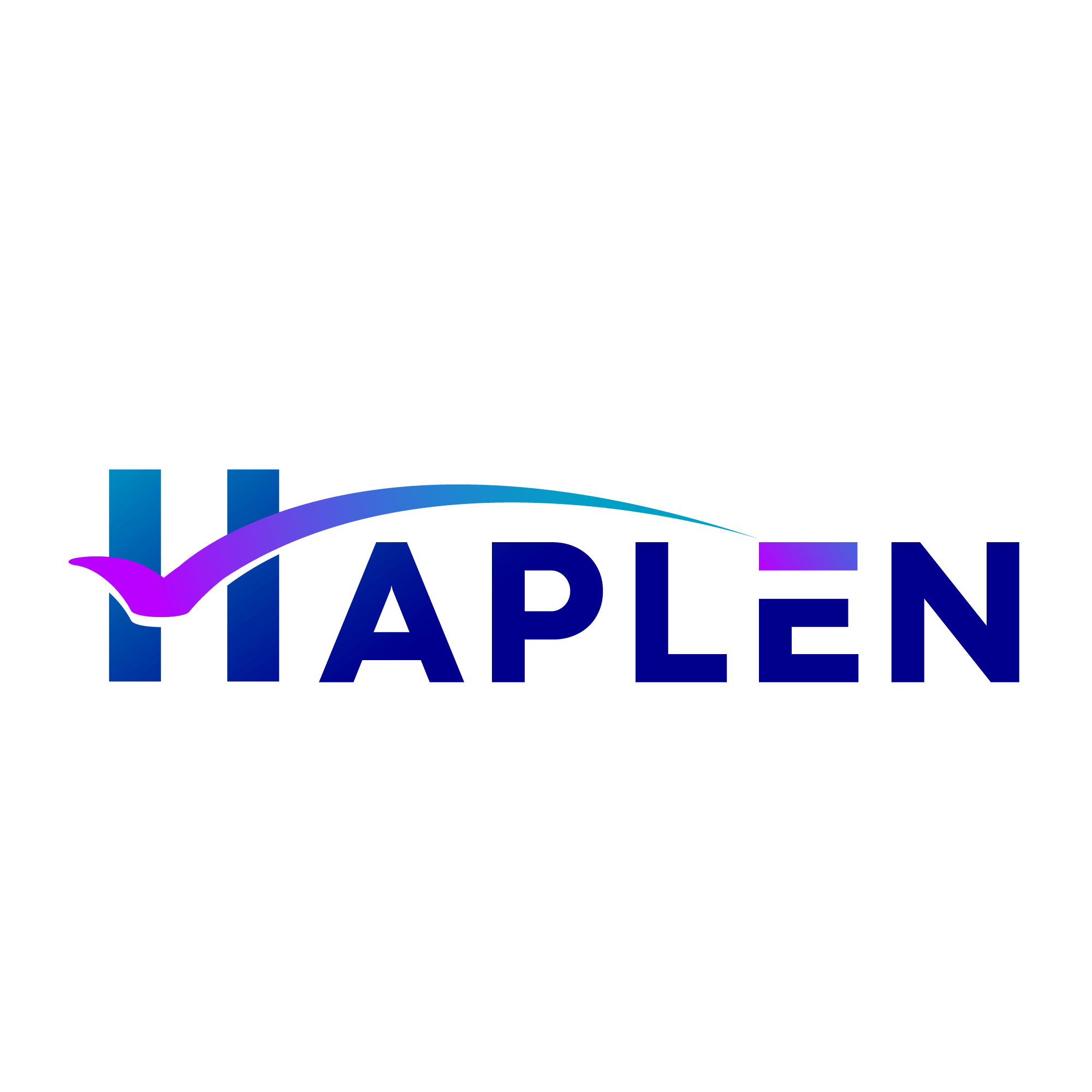Managing Complex Projects
Telecommunications Company

A HIGHLY COMPLEX NETWORK
One of client’s strategic clients requested that the company replace its outdated network with a highly competent, fully managed Global Local Area Network (GLAN) in 42 distinct locations across the world at the end of 2017.
By November 2019, the client customer program delivery project team hoped to have completed the project. The deal was for a period of five years.
Risk assessment workshops were held at the start of the project, which experts identified as being extremely complicated.
A network failure may occur during any implementation, which constitutes a high-severity risk. This could result in a lack of service at any of the customer’s facilities or locations, disrupting production lines and resulting in millions of euros in losses.
SCHEDULE PRESSURE FROM THE START
Due to a delay in contract sign-off, staying on track with the scheduled schedule was a worry. As a result of the delay, many design changes happened before the project was baselined, and the client was forced to tolerate these changes until they reached a final agreement with the
customer on the design.
THe client is one of the world’s major telecommunications companies, with mobile operations in 24 countries, partnerships with mobile networks in 42 more, fixed broadband service in 19 markets, and a total user base of more than 500 million.
KEY RESULTS
- 10/10 Net Promoter Score from customer
- On-time delivery
- Cost savings in resource budget
SOLUTION :
Due to the project’s complexity, the project management team was required to work on creating a common agreed-upon approach for project delivery.
The project team held a series of workshops with the technical solution architects, which resulted in effectively categorizing the customer’s sites around the world and deciding on a standard delivery approach for each category depending on its importance.
Using Haplen’s project management approach:
- Suppliers participated in workshops to agree on the resources included in the resource management plan.
- A portion of the project money was set aside to conduct a walkthrough of the customer’s top priority sites.
- A communication strategy was devised to ensure timely and effective communication.
- A formal change management procedure was developed.
- Customized project documentation was prepared to report on and control the delivery’s progress.
- To track all risks and issues within the project, a customized risk management plan and an issue log were created.
- Dependence and impact were assessed
- A regular project analysis as well as a governance model were established and agreed upon.
- Instead of capturing lessons learned at the end of the project, the project team committed to capture them on a regular basis.
RESULTS:
ON-TIME PROJECT DELIVERY WITH COST SAVINGS
The first set of customer site migrations to the new GLAN was completed with a 90 percent success rate, and all sites migrated successfully on the second attempt.
The client GLAN project was successfully delivered on time and ahead of the team’s target completion dates.
Through the use of proven project management waterfall methodologyI:
- The customer gave the client a 10/10 Net Promoter Score (NPS).
- The client was able to deliver the project on time.
- The client had cost savings in the resources budget.
- The project team captured the lessons learned to be used as a best practice for other future GLAN projects.
“Our project team worked with the customer to understand how the solution would benefit their business. Then using the Haplen platform, they implemented the solution on time with high quality.”
– Head of Customer Design & Deliverys

